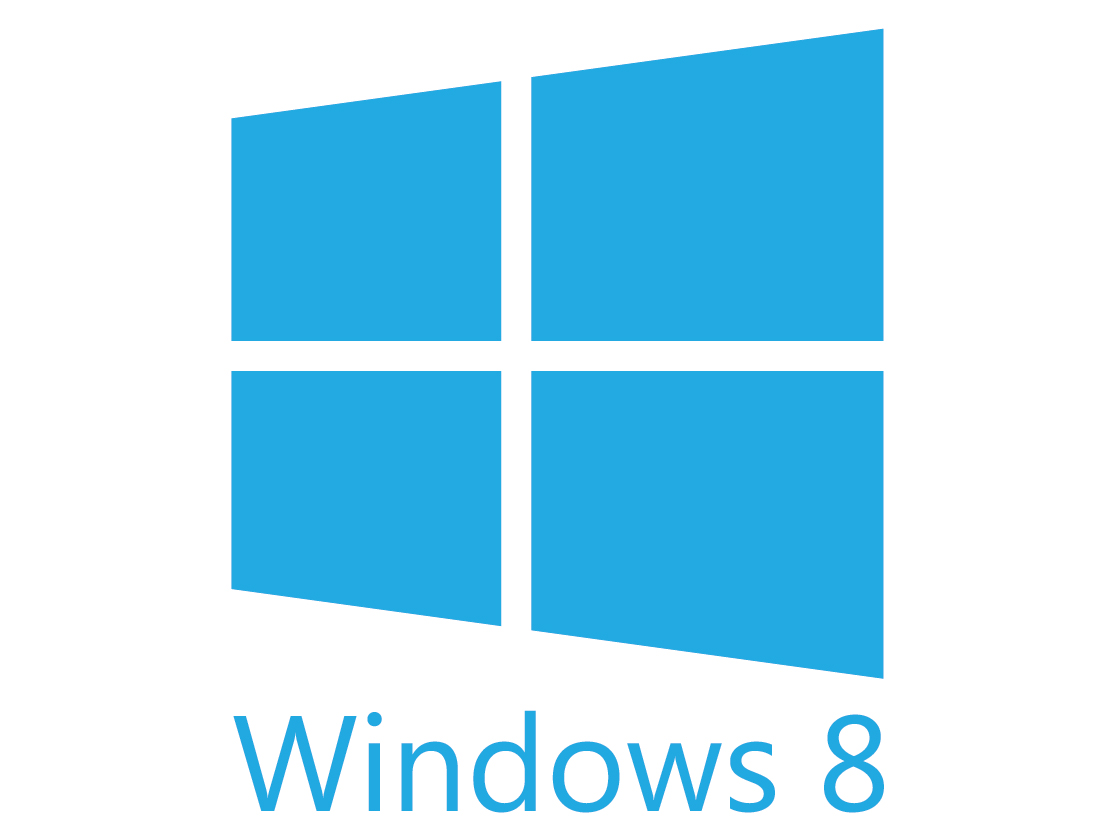Fresh Windows 8.1 Leak Reveals Even More New Features
The Kiosk mode has been renamed to Assigned Access, and more.

As seen last week, we've already covered three leaked builds of Windows 8.1: build 9364 which was unleashed back in March, and the more recent build 9369 and build 9374. The latest "leak" is build 9385 and I'm still getting a "we don’t comment on/around rumors and speculation as a rule of thumb" comment from the Redmond company. Seriously, folks, the cat is out of the bag already.
Images of build 9385 appeared on Friday, and breaks away from the intervals of five pattern seen with the prior releases. This build was reportedly being distributed to Partners of the Microsoft Partner Network just a week prior to the leaked screens, and compiled on April 15. One screenshot shows the downloader grabbing the 3.61 GB ISO from an unnamed source.
As of Tuesday, the ISO reportedly still hasn't shown up on file sharing websites. However a fresh batch of screenshots has appeared, hinting at better f12 developer tools for Internet Explorer 11 including an entirely new interface for a variety of options like debugging.
Previously in build 9374, a "Kiosk" mode was uncovered that allows the device user profile to be locked down to a single app – this is now called "Assigned Access". Another change in the new build is app settings that allow users to choose an app that can show alarms on the lock screen, meaning there's a good chance app-specific notifications and alarms will flash on a locked device similar to the way messages surface on Apple's iOS. So far existing Windows 8 apps do not support this feature.
What still hasn't made an obvious appearance, despite recent reports, is the revamped Start button for desktop users that only leads to the Start screen, and the boot to desktop mode. Microsoft is reportedly still working on that, and could be in place by the time the Redmond company supposedly launches the Public Preview during BUILD 2013 in June.
As previously stated, Windows "Blue" isn't specifically tied to Windows 8.1, but is the codename used for Microsoft's new consumer-based annual update model spanning Windows RT, Windows Server, Windows Phone, Windows 8 Pro and likely Xbox. The blanket update is expected to begin this fall, and for desktop users, may initially cost $40 as was the upgrade to Windows 8 in the same timeframe during 2012.
This is the fourth Windows 8.1 leak since March, and shows that either Microsoft and its partners have become sloppy in keeping the code secure, that OEMs are slipping builds to show that progress to improve the platform is being made, or that Microsoft itself is letting builds sneak out on purpose to keep an interest in Windows 8 in check. Given the industry and retail response to the current version of Windows 8, the latter option seems highly possible (aka speculation).
Get Tom's Hardware's best news and in-depth reviews, straight to your inbox.

Kevin Parrish has over a decade of experience as a writer, editor, and product tester. His work focused on computer hardware, networking equipment, smartphones, tablets, gaming consoles, and other internet-connected devices. His work has appeared in Tom's Hardware, Tom's Guide, Maximum PC, Digital Trends, Android Authority, How-To Geek, Lifewire, and others.
-
happyballz Hardly any new features that would make me want to install Windows 8 since the beta.Reply
Get rid of all the tablet bloat-ware and then we will talk. -
catfishtx I can't remember if it was in Win95 or Win98, but during the installation process, the Installer gave you an option of Normal, Mobile, or Minimal install, depending on your hardware. This option needs to come back. Let us pick our install method; Desktop (with or without Touch), Notebook (with or without Touch), or Tablet. Come on Microsoft, I am daring you to win my retail dollars!Reply -
colinstu Reply10743415 said:I think it's ridiculous that we have to pay for this.
Nobody said you had to pay/buy this. -
Reply10743429 said:I can't remember if it was in Win95 or Win98, but during the installation process, the Installer gave you an option of Normal, Mobile, or Minimal install, depending on your hardware. This option needs to come back. Let us pick our install method; Desktop (with or without Touch), Notebook (with or without Touch), or Tablet. Come on Microsoft, I am daring you to win my retail dollars!
I don't know why we ever lost this idea. It seems Microsoft don't want to admit that different form factors benefit from different interfaces and a one-size-fits-all approach is always going to annoy at least half of the user-base. I would love to see full windowed metro apps and a more mouse-focussed launcher approach (not necessarily the Start Menu) as an option for traditional PCs, with the full-screen and snap "multi-tasking" solutions, and full-screen Start Screen, being offered under a tablet / mobile package. It's the same elsewhere- OS X and iOS are distinct. The guys at Canonical are working on a unified OS that scales it's UI dependent on hardware- Ubuntu phone UI becomes tablet when plugged into a larger display, and becomes full desktop UI when plugged into a keyboard & mouse setup. It seems the only ones who seem to think they can ignore mouse-precision and insist everyone only ever needs one and a half apps on screen at any given moment is Microsoft. -
JDFan Reply10743443 said:10743415 said:I think it's ridiculous that we have to pay for this.
Nobody said you had to pay/buy this.
Did you actually read all of the article ::
The blanket update is expected to begin this fall, and for desktop users, may initially cost $40 as was the upgrade to Windows 8 in the same timeframe during 2012.
It says that it will cost $40 for desktop users so that would tend to mean that you have to pay for it and it is not just a free update !!
-
prince_david Actually OS X updates only cost 20$, I don't think this should cost anymore than that. If I had to I'd pay 20 but I am not going to pay 40 for this.Reply -
CaedenV Reply10743415 said:I think it's ridiculous that we have to pay for this.
current rumors are that it will be free to those who have already paid for win8, and that the general pricing for Windows from now on will be ~$40 instead of the traditional $100-140 per release.
Going hand in hand with this rumor is the assumption that MS will go the way of Apple and charge for a yearly feature update to the OS instead of the normal 3 year release cycle that MS has just about always done (except for XP with lasted some 6 years).
So no, you do not have to pay for this if you have already bought it, and even if you do have to buy it the price will still be much cheaper than previous offerings. And if you like Win7 then nobody is forcing you to update to win8 yet (though my bet is that this will change with the release of the new xbox as the win8 store *should* be able to have all downloadable nextbox games)